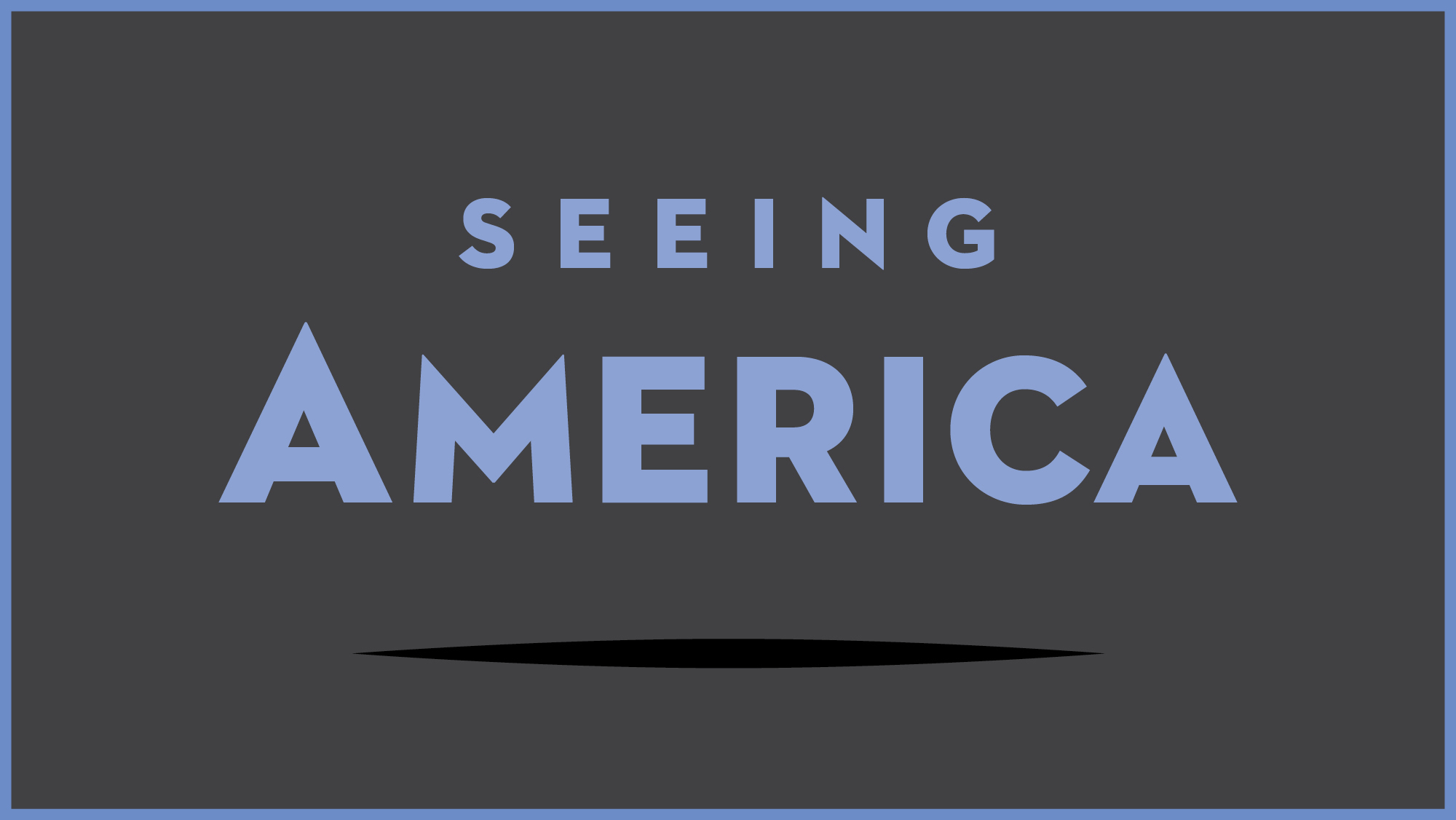Test your knowledge with a quiz
Bierstadt, Hetch Hetchy
Native peoples of the Plains knew the lands west of the Mississippi as their homelands, and were connected to the landscape by ancestral ties, and by sacred stories about their origins. The lands and wildlife of the West were inter- woven with their daily lives and belief systems. For Eastern Americans, on the other hand, the West was a powerful abstraction remote from their everyday experience, a vast region where dreams of a better life of wealth and opportunity might find fulfillment. From the sixteenth to the nineteenth century, the European encounter with the West was shaped by such imaginings.
John Cawelti has identified four distinct versions of the frontier myth. For some, the new trans-Mississippi frontier West reinvigorated the dreams of gold and newfound wealth that had, since the beginning, drawn Europeans to what they perceived as the New World. For others, the West offered opportunities to renew and reform a corrupt society—motivations similar to those of the seventeenth-century Protestants who migrated to New England. The West also signified escape from the burdens of a restrictive social order: unstructured by family, church, law, and school, “the territories” represented a flight from civilization. A final concept of the West rose to prominence in the period 1840-1900: the”West as America,” the idea that the process of western expansion, conquest, and settlement was the most powerful force shaping national character and identity. All four versions of the West have had a long cultural afterlife in film and fiction. None of these versions of the mythic West acknowledged the long presence of Native societies, nor that of earlier colonizers. In the mythic West, Anglo-Americans were the main actors.
From Angela L. Miller, Janet Catherine Berlo, Bryan J. Wolf, and Jennifer L. Roberts, American Encounters: Art, History, and Cultural Identity (Washington University Libraries, 2018), p. 211. CC BY-NC-SA 4.0
Key points
-
- The promise of the American frontier and the notion of Manifest Destiny inspired westward expansion throughout the 19th century. Artists like Albert Bierstadt often travelled with government-sponsored expeditions, visually documenting these remote and majestic landscapes for audiences in the East.
-
- After the violence of the Civil War, the neutral territories of the West suggested a hopeful new direction for reconciliation and expansion. Ironically, while these landscapes celebrated pristine beauty, they inspired tourism, settlement, and industrialization that threatened the natural environment. Interest also grew in representing Native Americans, who were romantically perceived as part of a “vanishing culture,” but in reality had already been violently displaced.
-
- The debate over the Hetch Hetchy Valley underscores the efforts in the early 20th century by naturalists like John Muir to advocate for laws protecting the environment. Although a 1913 law approved the damming of the river (and destruction of the valley) to provide water for San Francisco, the controversy would influence the 1916 passage of the National Park Service Act that now protects millions of acres of land.
Go deeper
Learn more about this work from the Wadsworth Atheneum Museum of Art
Read John Muir’s 1908 essay “The Hetch Hetchy Valley”
Learn about the Hetch Hetchy Environmental Debate
Explore ideas for teaching and learning about the Hetch Hetchy Environmental Debate
Learn about environmentalist efforts in the early 20th century with primary sources
Consider the historical connections of national parks in the U.S.
Read about the National Parks Service and its history of preservation
Read about the Hudson River School of landscape artists that included Albert Bierstadt
More to think about
Consider your initial reaction to Bierstadt’s landscape painting before watching the video. How does learning about the history of the Hetch Hetchy Valley affect your original response to this work?



